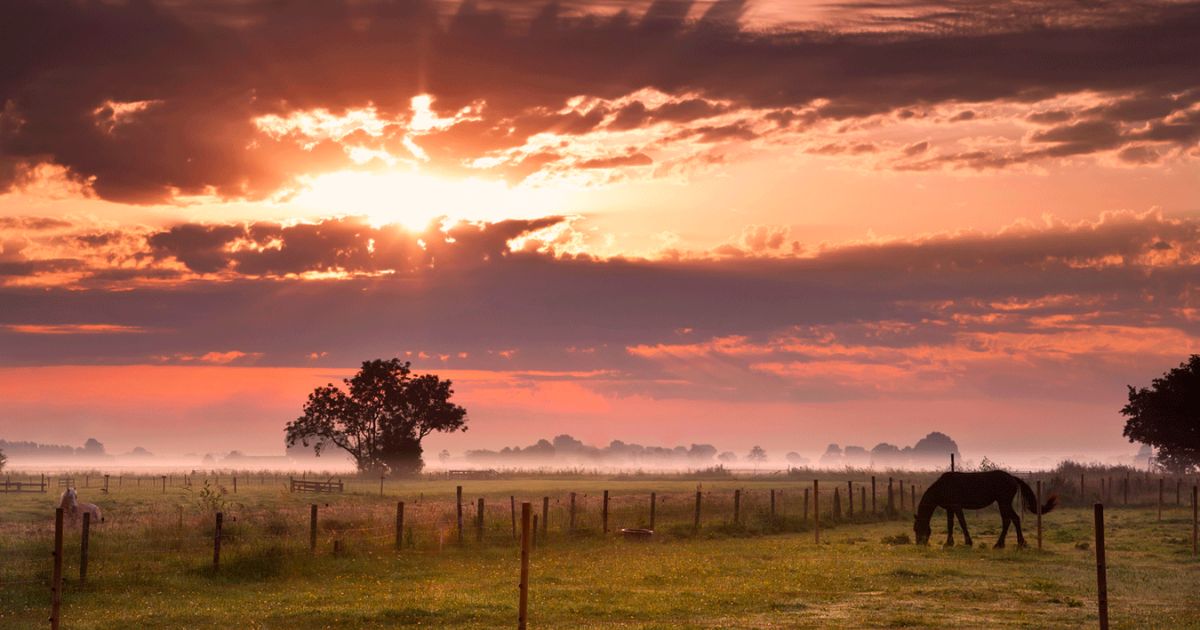Menu

The good summer days with dry and grassy pastures are behind us. And now, when you see your four-legged friend standing out there in the pasture with its rump against the rain and mud up to its fetlocks, it can be incredibly hard to keep your hands off the gate and bring the horse in – even though it’s still the middle of the day. But it can be worth its weight in gold to leave the gate open and let the horse stay out. Here, we explain how to avoid falling into the vicious cycle where the horse becomes fragile because its pasture time is too short.
Read also: Guide: Helping your horse overcome separation anxiety
The fact is, the more a horse is kept inside, the more excited it will usually be to finally be let out. Unfortunately, it is also true that the more a horse is kept inside, the less resistant its legs will be to the antics often caused by this excitement. This is because when horses are outside, their bones, tendons, and muscles are strengthened, reducing the risk of injuries. So, it's essential to tough it out, even though the weather is dreary, and let the horses be outside as much as possible. In short, pasture time can help extend your horse's life.
Pasture time is important training. By this, we do not mean that your horse will immediately come in from the pasture with a sharper topline or significantly better condition. Not at all. But it will come in with a musculoskeletal system that has been activated, strengthened, and maintained. When the horse is in the pasture, it walks, stands, and occasionally takes a good run with all the bucking and leaping involved. Because the horse's body is used to these extravagances, the chance of it sustaining an injury is very small. A horse that spends a lot of time inside, whose musculoskeletal system is not as accustomed to these unrestrained escapades, will quickly become overstressed once it gets to cut loose – simply because its muscles, bones, ligaments, and tendons are not built for it.
And then, of course, there's the mental aspect. There's a greater likelihood of the horse being mentally stimulated in the pasture than inside a stall. And particularly important is that the horse has pasture mates and can fulfill their social needs. After all, horses are herd animals and live in nature with other horses 24/7.
Read also: Does your horse have a happy tongue?
A long time in the pasture is an absolutely essential – and incidentally quite free – part of building a strong and resilient horse. Without the long days in both sunshine and rain, with grass or mud under their hooves, they would neither be able to live the life they are meant to live nor the life we riders demand of them. Hours in the pasture simply enable the horse to be a horse. But it is important that the horse has something to chew on! If the horse is hungry, it will probably indicate that it wants to go into its stall for its hay. This is something we humans might misunderstand as the horse preferring to be in the warm stall.
Make sure the horse never stands more than three to four hours without access to roughage, and you will definitely experience a happier, healthier, and more comfortable horse.
Read also: When the horse "Catwalks": How to spot and remedy the problem